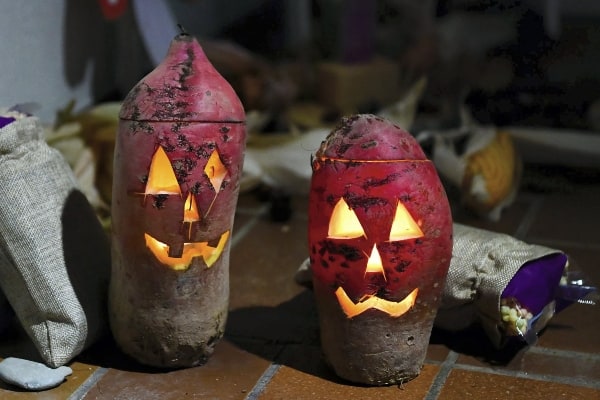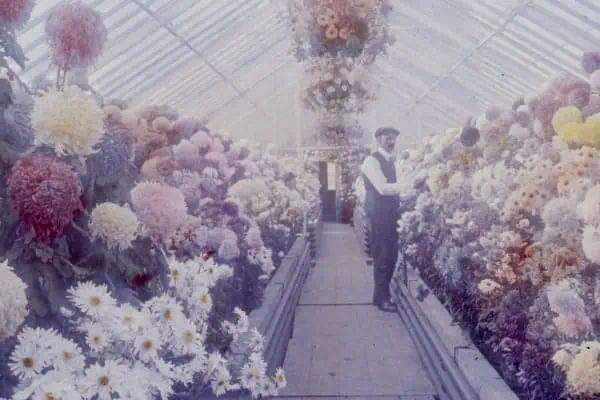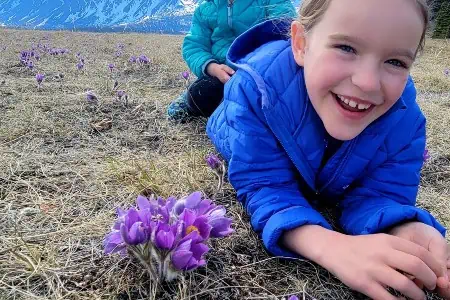The gardening season is rapidly coming to an end, but if you still have an urge to plant something and the snow hasn’t reached your area yet, my best suggestion would be to try planting tulips.
Tulips, one of the earliest flowers to bloom, are a good example of the type of plant that needs to be planted in the fall, and there is still time to get those spring-flowering bulbs in the ground.
I remember one instance where a friend in Tagish had gotten her tulips after the ground had frozen pretty hard. Not knowing what to do, she called me and out to the garden we went with pick and shovel.
Using the pickaxe, we managed to dig into the frozen dirt about one and a half inches. I was doubtful it was deep enough for the bulbs to survive, but we were working against time; consequently, we literally stuck the bulbs into the little depressions (you really couldn’t call it “planting”), covered the bulbs with the frozen dirt and hoped for the best.
Later in the afternoon, it snowed. Imagine our surprise and delight when in the spring most of the tulips came up and flowered.
I don’t recommend waiting as long to plant tulip bulbs, but as long as the ground isn’t frozen hard, they should be OK. I also select the largest bulbs possible as I always believe they have a better chance of surviving than lower-grade bulbs. When purchasing bulbs, look for firm bulbs and avoid any that are sprouting, moulding or that have soft spots.
The location is a bit critical in the Yukon as they are not successful in every location. The outlying areas of downtown are a bit more of a challenge; therefore, try to select an area that has southern exposure, is wind-protected, has snow cover and is up against a building.
In Riverdale, I have had excellent results planting bulbs right next to the house on the south-facing side. Because the location has an overhang, I faithfully shovel snow on the tulip patch every time I shovel the walkway.
I don’t plant the bulbs as deep as the instructions recommend, but adjust the planting depth to our Yukon location and usually plant the bulbs to a depth of one and a quarter times the length of the bulb. For example, if the bulb is one and a half inches long, the depth of the bottom of the hole will be just shy of three inches.
Instructions on the package for “down south” usually recommend two to three times the size of the bulb, but for the Yukon I find that this is too deep and will result in a very late emergence of the bulb, or it may not emerge at all if we have a cool spring and summer.
While bulbs can adapt to a wide range of soil types, none can tolerate poorly drained soil. Prepare the planting bed by adding organic matter such as peat moss and compost. Bulbs do quite well by adding bone meal, which aids in strengthening the stem of the flower.
Water the bulbs with warm water, cover with soil and wait for spring. If you feel you need to mulch because of a less-than-ideal growing location, use only peat moss. Remember to remove the mulch in the spring as the extra insulation will prevent the sun from warming the soil and the bulbs will take longer to emerge.
During winter, if there is very little snow cover on the tulip patch, I solve the problem by shovelling snow onto the area.
Then, just wait for spring!
Ingrid Wilcox operates Lubbock Garden and Floral Consultant and offers gardening, greenhouse and flower-arranging workshops. Contact her at [email protected].




